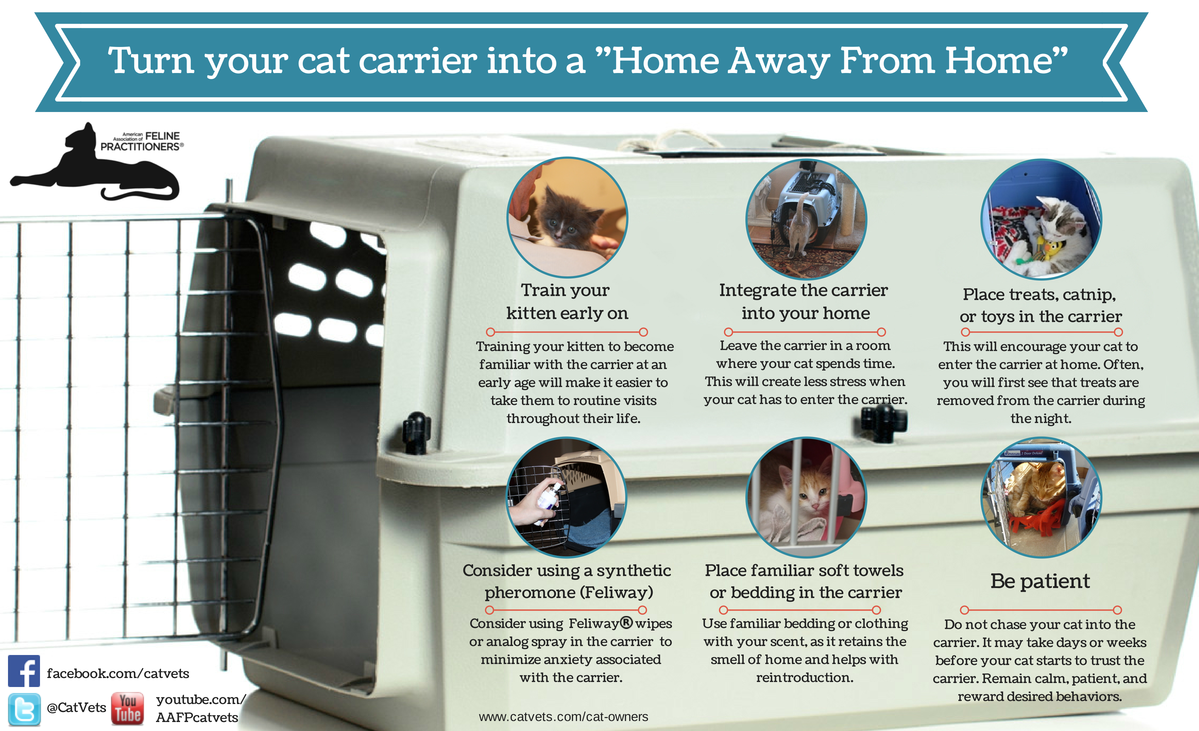1) "Sleep until rested"
I was saying goodbye to my cat the other day when I was leaving for the clinic. I pointed out again the unfairness of her staying home and sleeping and me going to work every day. I think she could cover a shift occasionally. In consideration of opposable thumbs, we wouldn't give her surgery days and really keep her appointments light. She doesn't like other cats, dogs or most humans so we will have to be creative with scheduling. She thought I looked tired. She pointed out that she simply would never get up while still tired and that I should crawl back in bed and sleep until rested. Other than perhaps the sound of the crack of a can of cat food, there could be little reason to force oneself out of a warm bed.
2) "Run Hard"
 My Labrador, Levi, has suggested a weight control program that I have been slow to start. He knows I have always watched and been concerned about my encroaching weight. At 5'7" with shoes (my drivers license says 5'8"), I am the tall one in my family (one of my brothers is about the same height); the center of the family basketball team if you will. I have often referred to being from a long line of short pudgy gnomes (once unfortunately in front of my mother) with a family history of modelling for yard ornaments and trophies.
My Labrador, Levi, has suggested a weight control program that I have been slow to start. He knows I have always watched and been concerned about my encroaching weight. At 5'7" with shoes (my drivers license says 5'8"), I am the tall one in my family (one of my brothers is about the same height); the center of the family basketball team if you will. I have often referred to being from a long line of short pudgy gnomes (once unfortunately in front of my mother) with a family history of modelling for yard ornaments and trophies.Levi's suggested plan includes completely giving over the control of all caloric intake. Now he doesn't like this part, but someone else with your best interest at heart decides how much you eat and when. Other than the occasional counter surfing incident, no more stare downs from donuts and muffins in the staff lounge. No more debates about whether 3 half donuts eaten separately adds up to less than one donut eaten at once.
Levi's real genius is in his proposed fitness plan. First, always want to be on the other side of the door. If someone opens it and you are out, come in. If you are in, go out. Anytime the door is closed, sit and wait for it to be opened. Cry a high pitched cry if waiting longer than a few minutes. Second, revere ball. Carry it with you at all times and drop it, seemingly randomly, and chase it and pick it up again. Do this several hundred times a day. Third, ask all life forms to throw ball at any and every moment of the day. Cats, other dogs, horses, guests and family members all may be able to throw ball. Cycle between them at about 30 second intervals until ball is thrown. Fourth, and by far most importantly, run full tilt any chance you get until you drop every day. When someone finally throws ball, run all out. Don't consider stopping until just past ball. Put on the brakes completely at that point and slide well past ball, or roll over, depending on your velocity at that moment. Don't learn from this. Pick up ball and jog back to the thrower. Repeat until unable to move.
3) "Live in the moment"
 Our Golden Retriever, Violet, was diagnosed with Lymphocytic Leukemia a few weeks ago. This is a slowly progressive cancer and she may have many years. When we told her, she was impassive. She merely asked if everyone still loved her, which is what she always asks, and she suggested a long group hug, which is what she always suggests. I have often felt that one of the things animal lovers universally hold dear is their pets ability to live in the moment. There is little consideration for the past nor thoughts of the future. Violet doesn't look at the dog next to her and think, "but he doesn't have cancer". She just endeavors to meet and please as many people as possible this moment and then the next.
Our Golden Retriever, Violet, was diagnosed with Lymphocytic Leukemia a few weeks ago. This is a slowly progressive cancer and she may have many years. When we told her, she was impassive. She merely asked if everyone still loved her, which is what she always asks, and she suggested a long group hug, which is what she always suggests. I have often felt that one of the things animal lovers universally hold dear is their pets ability to live in the moment. There is little consideration for the past nor thoughts of the future. Violet doesn't look at the dog next to her and think, "but he doesn't have cancer". She just endeavors to meet and please as many people as possible this moment and then the next.Just as one of the surest signs of life on other planets is that none of it has tried to contact us (I am quoting Calvin and Hobbes); I doubt my animals would switch with me. It strikes me that I could benefit occasionally from taking some advice from some unlikely sources around me.
Timothy R Kraabel, DVM, DABVP (Canine/Feline Practice)
Outreach Chairman, American Board of Veterinary Practitioners












